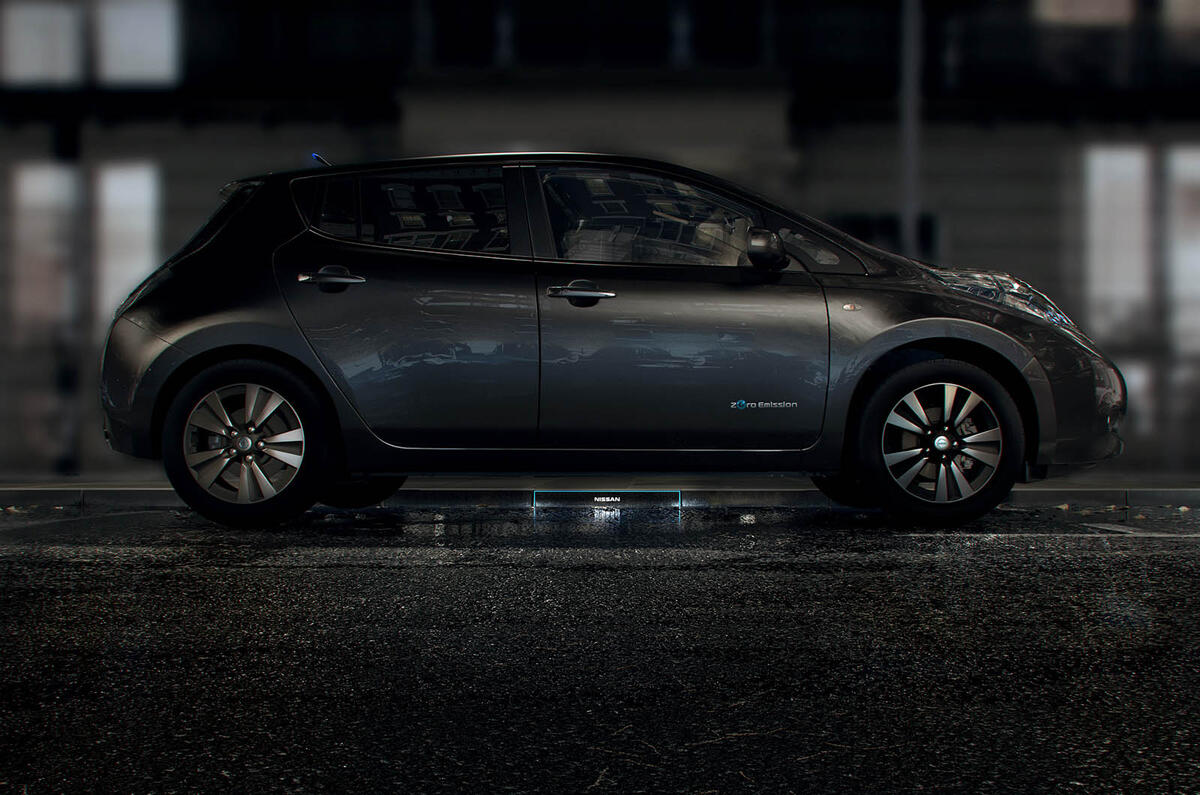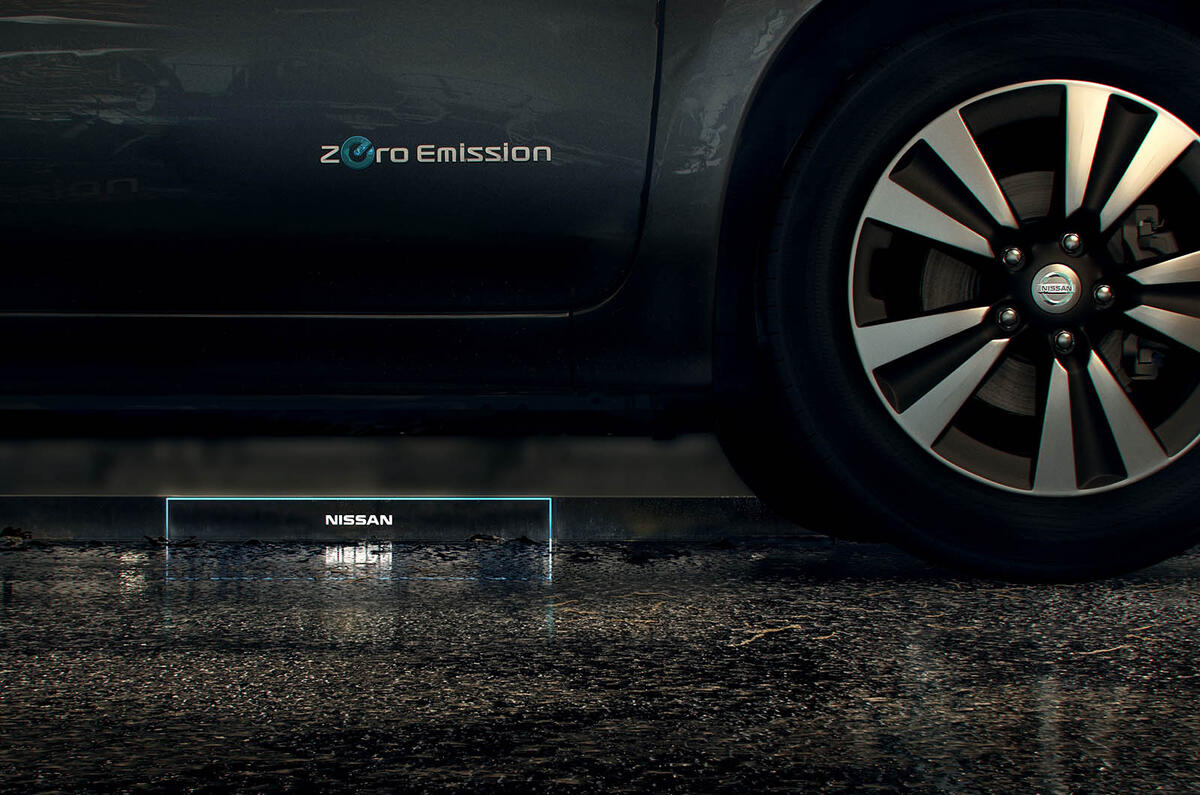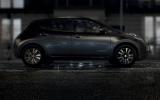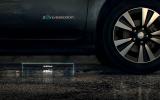Nissan will unveil its vision of a high-performance wireless charging system for electric vehicles at next year’s Geneva motor show.
The system - called ‘Fuel Station of the Future’ - is previewed in a video clip in which a Nissan Leaf pulls up to a kerb and automatically begins recharging via a device mounted in the road underneath the car.
Wireless charging systems are already available, but the technology has been slow to evolve, resulting in lengthy charging times compared with conventional charging via cables.
Last month, however, Nissan showed off a 7kW wireless charging device that could easily accommodate overnight charging even for larger battery packs such as the 60kW pack that is currently in development at the company’s research and development base in Atsugi, Japan.
Such a battery pack – expected to be installed in the next-generation Leaf – could give a full-charge driving range of up to 500km (310 miles).
Nissan is starting trials of EVs equipped with wireless charging equipment, with the tests expected to run for at least five years, with wireless charging expected to become more commonplace within a decade. The company wants to reach a point where “EV charging will be automatic, without human intervention” and “the whole concept of ‘charging’ will disappear from consciousness”.
Nissan isn’t the only manufacturer working on wireless charging, with BMW, Daimler and Toyota among those preparing their own systems. Indeed, Nissan pictures a future where its own wireless charging systems have interoperability with those of other OEMs and third parties.
Eventually, the manufacturer envisages, the road network could include lanes exclusively for electric vehicles equipped with wireless charging devices.
Richard Candler, Nissan’s boss of advanced product strategy, said: “We’ve been at the forefront of zero emission mobility since 2010, and for us this project is about inspiring people to come on the journey with us.
“The world around us is changing, and we find that tremendously exciting. With the rise of connected cities, there is the capacity for fueling to be built into the very fabric of our day-to-day lives - independent infrastructure could be a thing of the past.”
Nissan added that the ‘Fuel Station of the Future’ concept will be unveiled in March, which makes a Geneva show reveal most likely.








Join the debate
Add your comment
About time
On the HOME front sounds like an expensive solution..